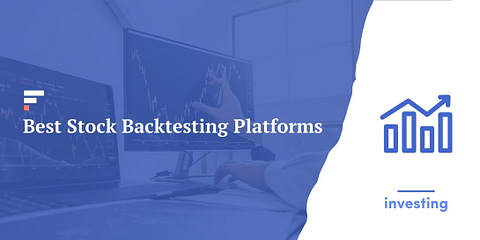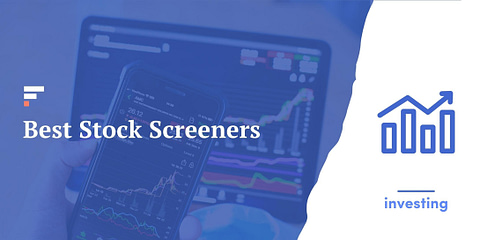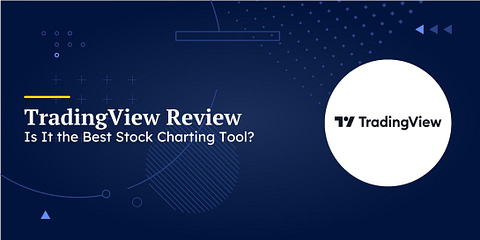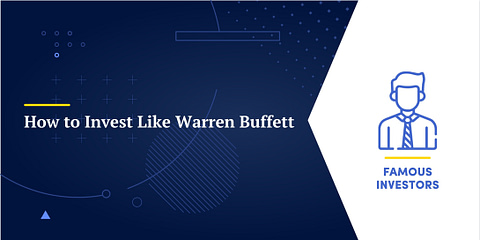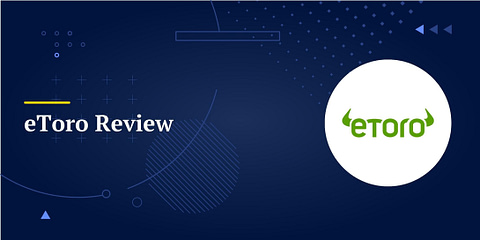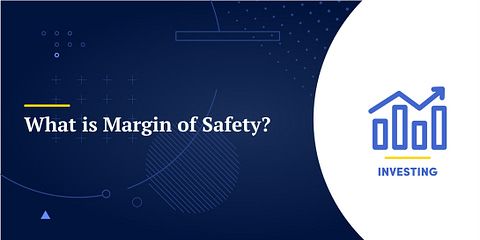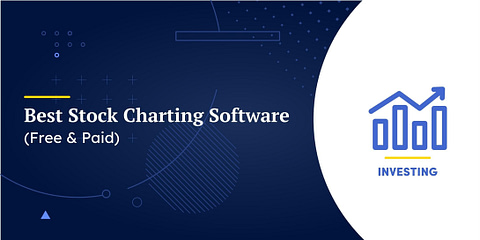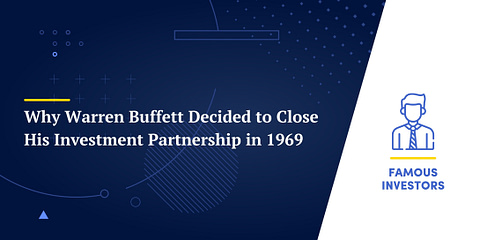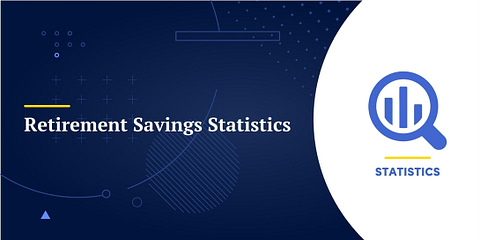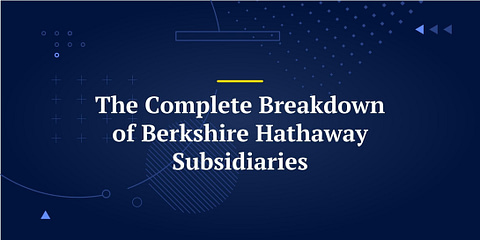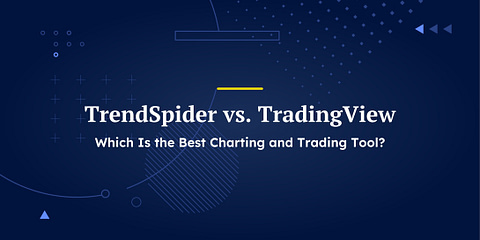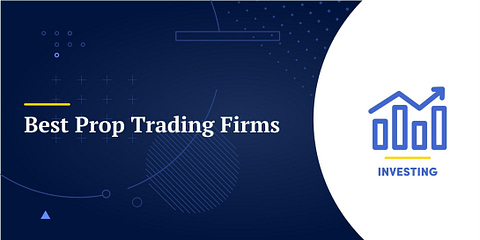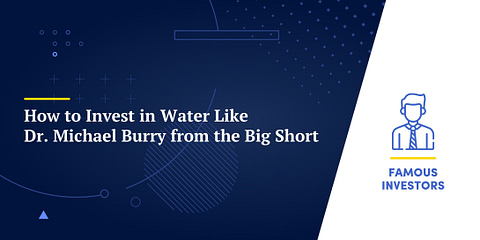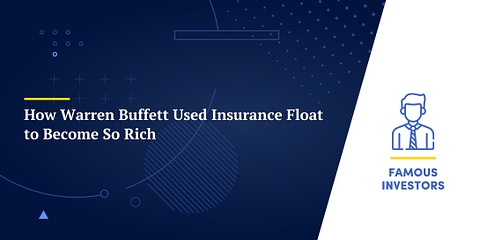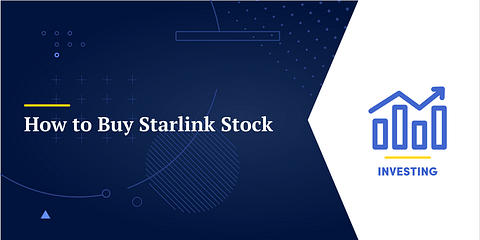“What is an expense ratio?” If you’re a new investor looking at Exchange Traded Funds (ETFs) and mutual funds, you’ve probably asked that question. It’s important to know the answer because expense ratios can have a significant impact on investment profits.
How Expense Ratios Work

What is an expense ratio? Essentially, it’s the fee that investors pay for investing in a mutual fund or ETF. Handling purchases, withdrawals, and day-to-day management of a fund’s portfolio takes time and effort, especially for funds that have millions or billions of dollars under management. These fees help compensate fund managers for their work.
Expense ratios are quoted as a percentage. For example, you might see a fund’s expense ratio listed as 0.50%. That is the percentage of your invested assets that you’ll pay in fees each year.
It’s important to note that you don’t have to pay these fees out of pocket. If you invest $10,000 in a fund with a 0.50% expense ratio, the manager won’t send you a bill for $50 each year. Instead, the fee is automatically deducted from the mutual fund’s assets. It’s automatically accounted for when the fund’s share price is calculated at the end of each day.
Because expense ratios describe fees as a percentage of your invested assets, the amount you pay depends on both the expense ratio and the amount you have invested.
📊 Learn more: New to mutual funds? Here’s a concise guide tailored for beginners to navigate the world of mutual fund investing.
Components of an Expense Ratio
Now that we have an answer to the “What is an expense ratio” question, we need to understand its components. Expense ratios account for many, but not all, of the costs of running a mutual fund or ETF.
The management fee, meaning compensation for the fund’s managers and other costs associated with handling the fund’s assets, is one piece of the expense ratio of a fund. Some mutual funds also charge a 12b-1 fee. The money from this fee goes toward advertising and promoting the fund to investors and is also included in the mutual fund’s overall expense ratio.
Loads, fees that you pay when buying or selling shares, redemption fees, and some other costs are not included in the expense ratio. For example, a fund may have a 1% expense ratio and a 4% upfront load. That means you pay a 4% fee when buying shares and 1% of your invested assets each year.
Passive and Active Funds
Mutual funds and ETFs can be broken down into two broad categories: passively managed funds and actively managed funds.
Passively managed funds are those that don’t involve a lot of day-to-day changes or adjustments. Instead, they tend to focus on tracking a specific index.
👉 For Example
The S&P 500 index fund is a passively managed fund that aims to match the performance of the S&P 500 index as a whole. Its managers try to ensure the fund’s holdings match the index accurately rather than working to find companies that will outperform the market.
Actively managed funds are those where the managers attempt to beat the market by finding undervalued stocks and those that are expected to rise significantly in value. These funds often employ teams of analysts and researchers and make more frequent trades.
Because they require more research and analysis, actively managed mutual funds tend to have much higher expense ratios than passively managed funds. In 2020, the average actively managed fund has an expense ratio of 0.62% compared to 0.12% for a passively managed fund.
When comparing funds, it’s important to know whether they use an active or passive strategy to understand where the expense ratio is coming from.
Why It Matters
Expense ratios are incredibly important for investors to understand. Fees play a big role in overall returns, and even a small difference in fees can have a massive impact in the long run.
👉 For Example
Let’s use the average expense ratios for active and passive funds. Imagine that you want to save for retirement and start investing $5,000 each year starting at age 25. You plan to start drawing from your savings at age 65, giving your investments 40 years to grow.
If you invest in a passively managed fund that returns 10% before fees each year and charges an expense ratio of 0.12%, you will wind up with $2,570,248.54, having paid $90,306.79 in fees overall.
If you invest in an actively managed fund producing the same returns before fees but charging 0.62%, you will retire with $2,227,052.44, having paid $433,502.89. The higher expense ratio would cost you about $343,000 over the 40 years you spent investing.
Even a .1% difference in expense ratio in this scenario would cost about $70,000, nearly $2,000 per year.
This is why keeping an eye on expense ratios is so important. Small differences can compound into major differences in long-term returns. For a higher-cost fund to be worth investing in, it must consistently outperform a lower-cost fund.
Finding funds that outperform can be quite difficult. Only about a quarter of actively managed funds manage to beat the S&P 500 index over the course of a decade, and funds that can repeat that feat consistently are even rarer.
Bottom Line
Understanding expense ratios is crucial when investing in mutual funds. Paying a small fee for investing in a mutual fund is generally worth doing. They make it easy to build diversified portfolios, even if you only have a small amount to invest. However, high fees can significantly eat into your returns, so looking for low-cost, passively managed funds is a popular strategy for keeping costs low.
📈 Learn more: Taking the first step into stocks? Here’s a simplified guide to building your inaugural portfolio.


